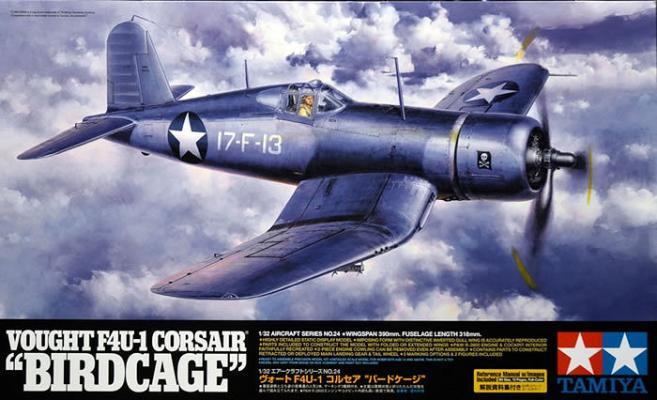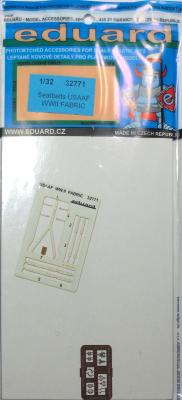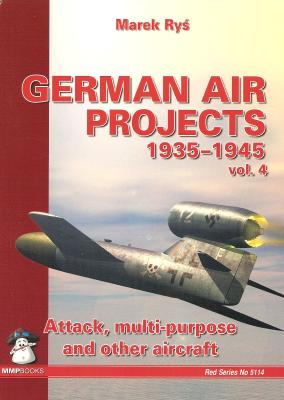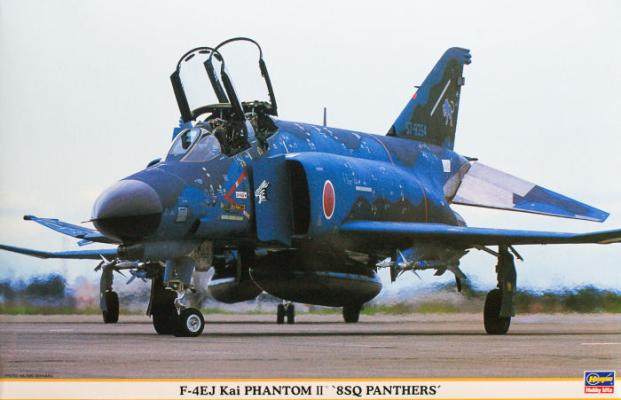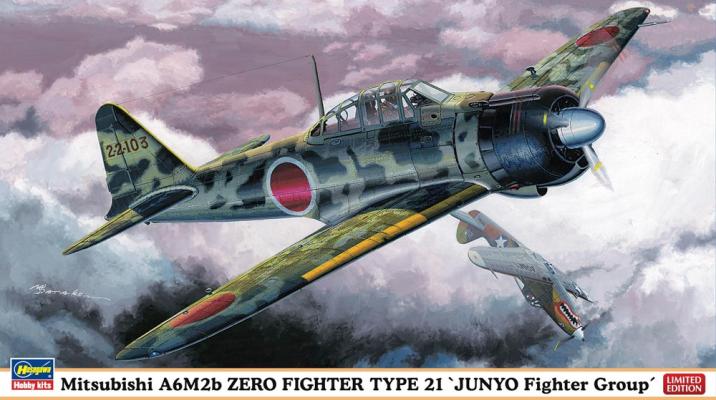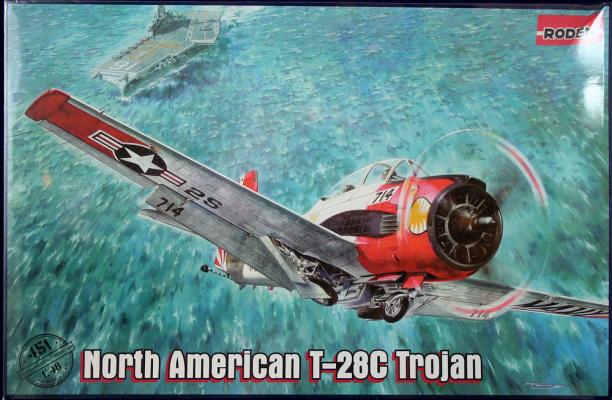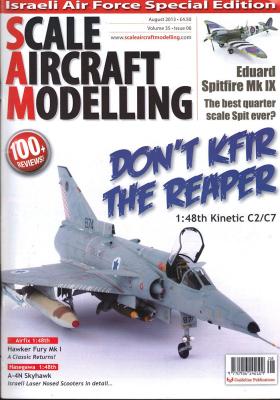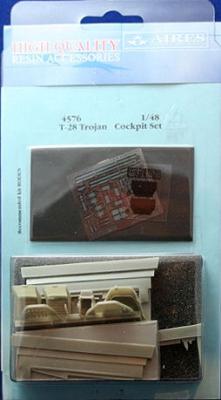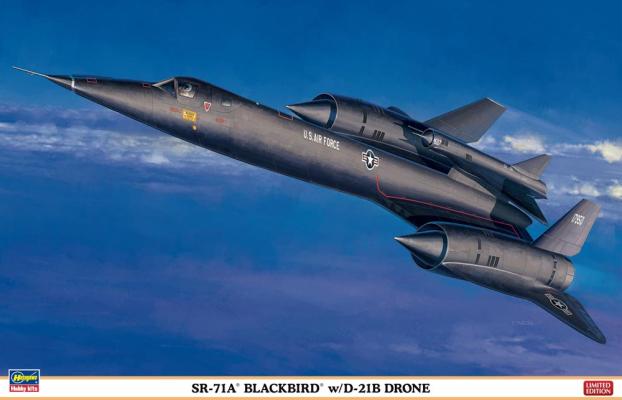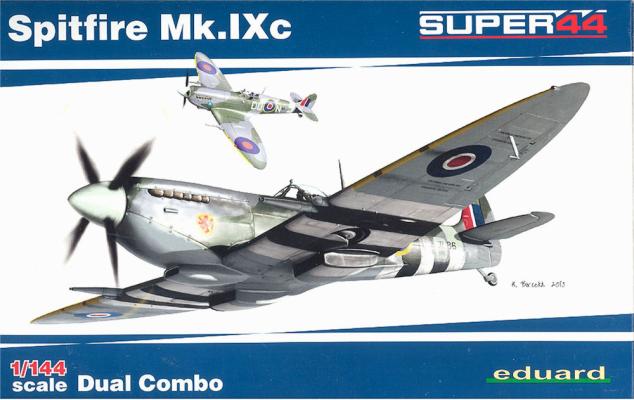Once I had the fuselage sealed up, it was time to build the engine. The engine is 46 pieces and the fit is excellent. One note – the parts and order of addition is specific. Also, take time and make sure alignment is good. The intake and exhaust pipes coming off the back of the front cylinders needed to be aligned where they slide over the exhaust pipes I mounted to the firewall in part 1. One thing missing was the ignition wires. I used 32-gauge wire and added them based on Internet pictures. Once the engine was complete, the front cowling and rings were attached. These were a little fiddly and support the remainder of the cowling, and need to be glued on firmly. The contact points are small, so make sure things are square and glued tightly. Lastly, there is the choice of open or closed cowl flaps. I chose closed for this one (yes, I WILL build more), and since I was building option A, there were also a few special instructions.
Eduard’s original detail sets consisted of photo etch brass to be assembled and painted by the builder. More recently, they started producing pre-painted seatbelts and other details (still made out of brass). This is the next evolution in the ever-expanding world of Eduard’s accessories line.
Eduard’s #32771 set includes pre-cut belts made out of a fabric material and a photo etched hardware fret that assemble into one set of seatbelts designed for use in USAAF aircraft (primarily fighters). I believe this was originally a product developed by HGW (their logo is stamped on the fabric fret).
This is the fourth and final volume in MMP’s German Air Projects series that covers Luft46 “might have beens.” This particular volume covers attack, multi-purpose, and “other” subjects. The “other” is essentially an addendum to the other 3 volumes, and covers subjects that were previously omitted, or subjects about which new information has been uncovered. Without the “other” section, this would be a very slim volume! Illustrations throughout the book consist of line drawings and artist renderings – there are no photos in this book as everything is conjecture.
The first 38 pages of the book cover attack and multi-purpose aircraft, arranged by manufacturer. Line drawings accompany many of the sections.
Pages 39 through 64 cover other types of aircraft not previously written about in previous volumes (or those with newly discovered information). Again, many line drawings accompany the text.
Hasegawa has re-released their “J” mark (Japanese) F-4EJ Phantom II. And that is a great thing, as this model is a pleasure to assemble. The box has 8 grey sprues, one clear sprue (for a total of 132 pieces), and a very large decal sheet with markings for five 8SQ aircrafts, including stencils for one airframe.
Regarding the stencils – they are the proper color. These airplanes were “hand-me downs” from other squadrons and they arrived in a two-gray interceptor camouflage. When transferred to a maritime strike squadron, their stencils were masked off and the aircraft were painted over, leaving a grey surrounding to the stencils –which are black. Only after the airplanes were sent for overhaul at the maintenance shop did they get re-painted and new stencils (in white) were applied. If you look carefully to the box image, you can see the grey surrounding area in the stencils.
History Brief
The IJN aircraft carrier Junyo was a mighty warship at the outset of WWII. Her fighter groups were made up of Zeros, and they outclassed all other opposing fighter types at that time. The Junyo, however, would suffer heavy damage in the Battle of Guadalcanal and would never again regain her prior reputation. The carrier would repeatedly suffer damage at the hands of the US Navy, thus keeping her out of service for long periods of repairs. Her air crews carried on the fight despite being depleted on more than one occasion. By war’s end, the Junyo was nothing more than a floating derelict with irreparable damage and her aircrews wiped out.
The Aircraft
The T-28 Trojan was built by North American Aviation as a training replacement for the venerable and very dated T-6 Texan. The Navy wanted a tandem, tricycled training aircraft to train recruits to the new aircraft entering service. The contract was signed for VSN2S in 1946. The Army, also wanting to replace their T-6’s, contracted for their version of the VSN2S, the T-28 Trojan. In 1949, the newly formed United States Air Force and the Navy took delivery of the first T-28 Trainers.
The August issue contains two Fature articles that will certainly attract the attention of “Jet” fans. In Feature 1, World Class modeler Yoav Efrati builds and reviews the Kinetic Kfir C2/C7 in 1/48th scale. The images attest to Yoav’s high level of skill as a painter and modeler, but the article itself is a goldmine for some weathering techniques. Yoav used Van Gogh Oils to weather the Kfir, and the effect is stunning.
The article is followed by a two-page spread of color images of the real deal – Kfirs in flight, on the ground, and with the usual detail shots of landing gear, pods, intakes, and some weathering provided by Mother Nature. Topping it off are two pages of profile drawings showing camo patterns, and with the colors involved being identified with FS numbers.
The Model Kit
Roden’s T-28 has a very respectable cockpit included in their kit. Their biggest weakness is in the seats and instrument panels. The Roden cockpit is composed of 17 parts, where the Aires tops out at 45, which include the individual components for each seat belt. Aires has developed a complete replacement that not only addresses these weaknesses, but also improves the side consoles without a lot of scratchbuilding.
The SR-71 was the third and final version of what is still quite possibly one of the most famous and recognizable aircraft in the world. Its predecessors, the CIA’s intelligence-gathering A-12 and the Air Force’s interceptor YF-12, were responsible not only for the SR-71’s ultimate success but were also the launch beds for so many other aircraft designs and weapons systems. This success allowed the United States to be the leader in military systems for so long. There are a number of good publications available and a great amount of web-based data available via simple search requests.
I had always wanted to build a model of this epic aircraft and can now say I have. Having the luck to get a Hasegawa kit with the drone was just icing on the cake. When I opened the box, I removed the plastic wrap only to find this kit is much older than I would have expected, and is virtually all raised panel lines. All of that aside, it is still a subject I wanted to build.
The Aircraft
The Mark IX Spitfire was supposed to be an interim between the Mk V and the Mk VII and VIII. With the Fw-190 outclassing the Mk V to the point where the RAF couldn’t operate over France, something had to be done. The fix was to put the newer Merlin 60, 62 or later 66 or 70 engine in a Mk V airframe and call it a MK IX. This fix was so successful that the Mk IX and XVI (a IX with a Packard Merlin engine) were the most numerous of the Spitfire marks. I was also confused by the LF and HF (Low and High Altitude) for the Mk IX. It had to do with the engine installed, not whether it had a long or short wing.

